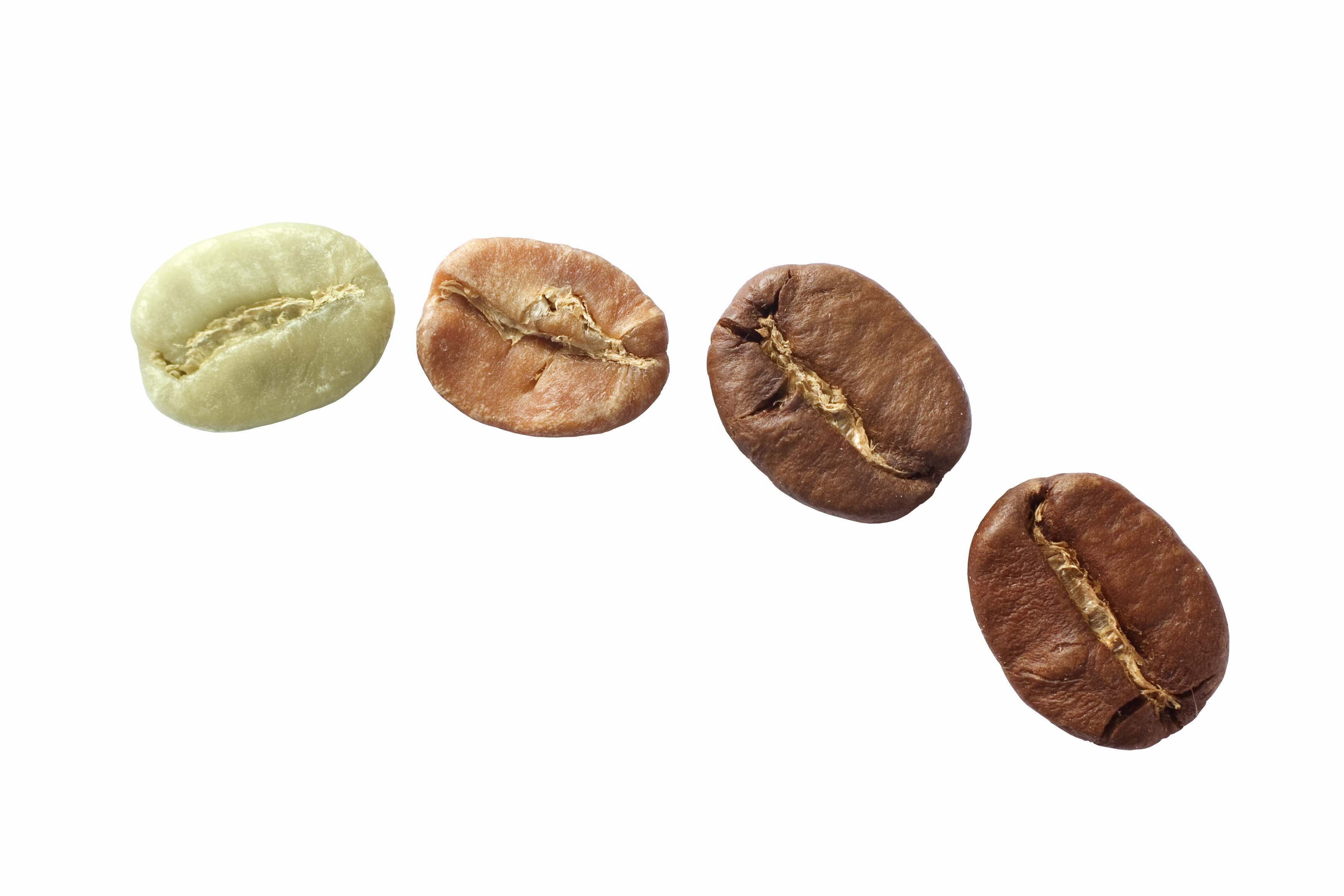Farm To Cup, HẠT CÀ PHÊ, HỌC VIỆN CÀ PHÊ, Kiến thức Cà Phê, RANG XAY, SẢN XUẤT VÀ SƠ CHẾ, Specialty/ Origin Coffee
CÁC GIAI ĐOẠN CƠ BẢN TRONG QUÁ TRÌNH RANG CÀ PHÊ
Có một số giai đoạn chủ chốt trong quy trình rang cà phê và thời gian diễn ra của từng giai đoạn cụ thể phụ thuộc rất nhiều vào hồ sơ rang (profile) mà người thợ rang muốn triển khai cho một mẻ rang. Sau đây là những giai đoạn cơ bản của quá trình rang và những biến đổi trong các quá trình đó.
Giai đoạn 1: làm khô (drying)
Từ 7 đến 11 phần trăm trọng lượng của 1 hạt cà phê nhân là nước, chia đều trong cấu trúc hạt. Hạt cà phê không thể chuyển sang màu nâu nếu trong hạt còn chứa nước, điều này tương tự như việc nấu chín các loại thực phẩm khác.
Sau khi hạt cà phê được đổ vào máy rang, sẽ mất một khoảng thời gian nhất định để hạt cà phê hấp thụ 1 lượng nhiệt vừa đủ để nước có thể bốc hơi, do đó quá trình làm khô cần 1 lượng nhiệt và thời gian tương đối lớn. Hạt cà phê sẽ ít thay đ...


